Social media both shares the goings and news of the world, but it also shapes and creates it. This has become all the more apparent to me, but it worries me how we often we may not be concious of this.
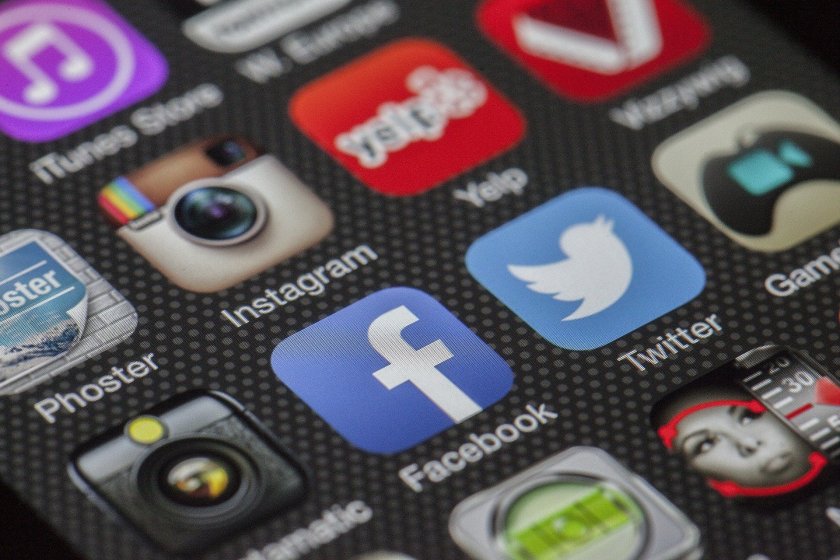
Social media messages are short and simple.
The social media world relies on simple messages, on a single image, 280 character or a 60 second video. The message needs to be simple as it is designed to be addictive and get our attention, to fit into busy lives and to encourage us to flick from one message to the next, then the next. I know I have found myself wasting 20mins just flicking through amusing TikTok videos for example. This is what the platform providers want us to do. They want to keep us on their platform as this is how they achieve their revenue, via advertising, so the longer we are on their platform the more data they can mine and the more advertising revenue they can achieve.
The world is simple?
My concern is that the features of the medium, in this case social media, influence the messages which are being conveyed. But what does this mean for how we perceive the challenges of the world, as shared via social media? I would suggest this is encouraging us to increasingly see the world complex problems and challenges, as being simple. Almost every problem whether it be global warming, the covid19 pandemic or racism can be boiled down into a social media message. And for everyone message sent someone will be able to argue a counter position using the same medium and the same inherently short bite sized social media message. As such I think we may become less aware of the nuanced nature of the problems we are faced with. Seeing every problem being boiled down to a simple message may convince us that the problems themselves are simpler than, in the real world, they are.
Increasing binary viewpoints
This simplicity also makes it easier to see problems in terms of black and white or binary positions. It makes it easy to see a statement on social media as either true or false rather than seeing the complexity and therefore the infinite number of possibilities which may exist between two extreme positions. And again, for every post stating one position there is at least one person, and often many, many, people, able to reply with an opposing binary view. This in turn could help to explain the increasing divisions in society whether this be in relation to Brexit in the UK or Trumps presidency in the US, or a multitude of other news stories.
Reinforcement learning
Social media also makes us hyperconnected. Having identified data about our usage patterns, social media platforms will purposefully expose us to content which fits with these patterns. As a result, we will be repeatedly exposed to consistent messaging which, through reinforcement, may strengthen our commitment to the binary viewpoints we are encouraged to develop. This may make our commitment to our position, in relation to specific issues, and to defending such positions more fixed and immovable. It can also impact on our world view including what we see as truth, how positively or how divided we see the world we live in.
Social: Time to consider the medium and the message
Social media is here to stay. It may not be Facebook, Twitter or TikTok in the future, but social media is highly likely to continue in some shape or form. Watching the news reporting as to concerns in relation to social media, they tend to focus on the messages being shared. They focus on what social media companies should be doing to prevent extremism, suicide, etc. I agree work needs to be done here however I also think we also need to look at the vehicle for these messages and what this may mean for the society we live in.
Final Thoughts
Social media represents a magnified version of real life due to the nature of the medium. This has its advantages in making it easy to consume and contribute to. The flipside however is it lacks the detail, the nuanced nature and complexity of real life. We need to be more concious of this, and to ensure our students are also concious of this. Only through being concious of the impact on the medium can we seek to adjust for and minimise it.


 The recent issue of Huawei 5G equipment in the UKs 5G infrastructure highlights the challenges of the internet and technology, which often cross international borders, but where the services and hardware is produced by companies which exist clearly within the borders of countries and therefore potentially within the influence of their governments. There is a clear tension here between the services provided to the internet and the companies providing them.
The recent issue of Huawei 5G equipment in the UKs 5G infrastructure highlights the challenges of the internet and technology, which often cross international borders, but where the services and hardware is produced by companies which exist clearly within the borders of countries and therefore potentially within the influence of their governments. There is a clear tension here between the services provided to the internet and the companies providing them.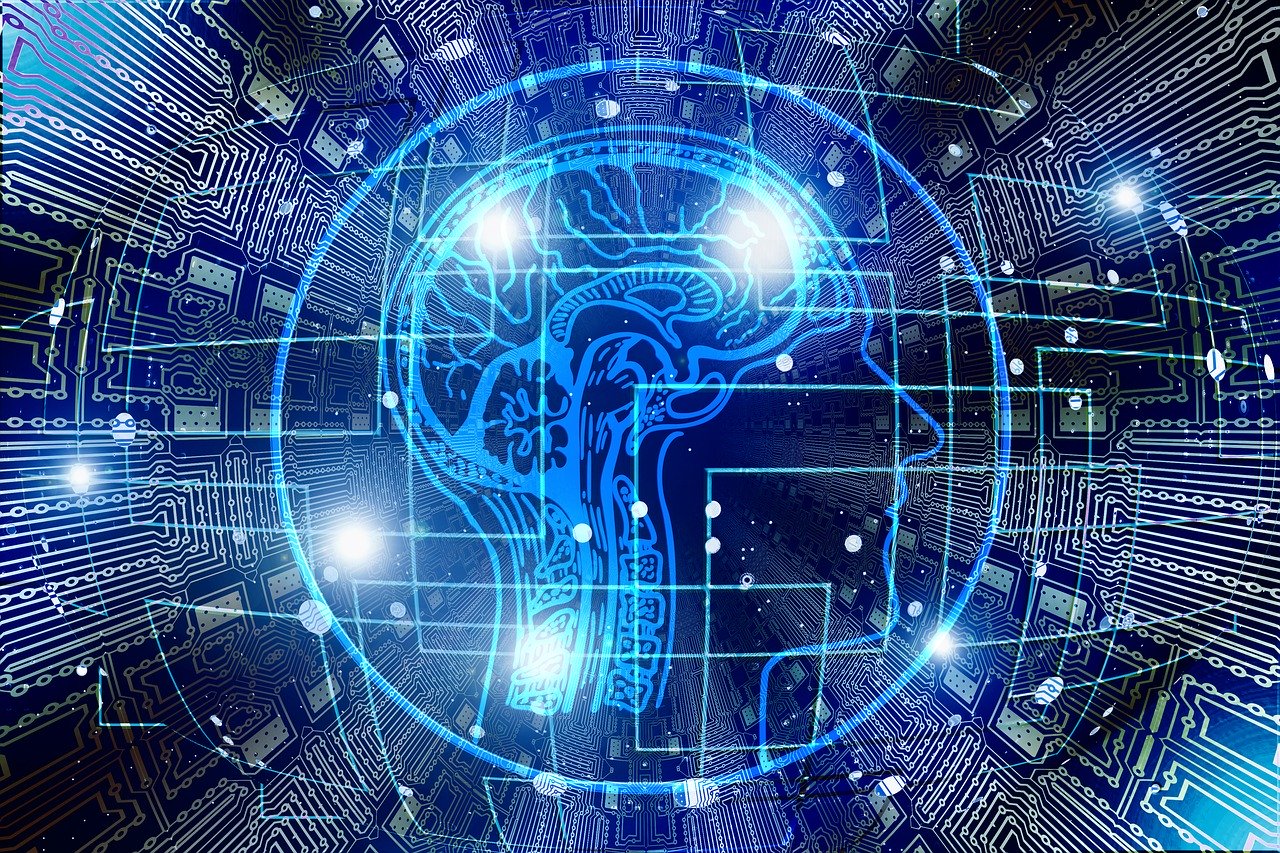 Before the Covd-19 crisis begun I presented on Digital Citizenship at the JISC DigiFest event and previous to that at the ISC Digital event in Brighton. In both cases one of my reasons for presenting was my concern regarding students increasing use of technology not being match by an appropriate considerations or awareness of the risks. I was worried that students were giving away large amounts of data without considering who they were providing to, how it might be used, how long it would be kept or how it might impact or be used to influence them as individuals, and as groups, in their future. I was worried and believed education and its educators needed to start to do something about this.
Before the Covd-19 crisis begun I presented on Digital Citizenship at the JISC DigiFest event and previous to that at the ISC Digital event in Brighton. In both cases one of my reasons for presenting was my concern regarding students increasing use of technology not being match by an appropriate considerations or awareness of the risks. I was worried that students were giving away large amounts of data without considering who they were providing to, how it might be used, how long it would be kept or how it might impact or be used to influence them as individuals, and as groups, in their future. I was worried and believed education and its educators needed to start to do something about this. It is important to firstly acknowledge that our views on technology are very much the result of our experiences. My experiences include learning to code in Basic on the Commodore 64 at an early age, before moving on to AMOS basic on the Amiga and then QBasic, Visual Basic and C++ on the PC. This early use of technology, and the ability to develop software to solve problems has very much shaped my views. Now, today I walk around with a mobile phone with over a million times more memory than my commodore 64, from less than 30 years earlier, and the growth rate across the period has not been linear. A perfect illustration of this lies in how long it took various technologies to reach 50 million users. Radio took 75 years whereas TV only took 38 years. Bringing us close to today, Facebook got the time to 50 million users down to 3.5 years before Pokemon go managed it in less than a single month. It is clear from this that the pace of changing is quickening.
It is important to firstly acknowledge that our views on technology are very much the result of our experiences. My experiences include learning to code in Basic on the Commodore 64 at an early age, before moving on to AMOS basic on the Amiga and then QBasic, Visual Basic and C++ on the PC. This early use of technology, and the ability to develop software to solve problems has very much shaped my views. Now, today I walk around with a mobile phone with over a million times more memory than my commodore 64, from less than 30 years earlier, and the growth rate across the period has not been linear. A perfect illustration of this lies in how long it took various technologies to reach 50 million users. Radio took 75 years whereas TV only took 38 years. Bringing us close to today, Facebook got the time to 50 million users down to 3.5 years before Pokemon go managed it in less than a single month. It is clear from this that the pace of changing is quickening.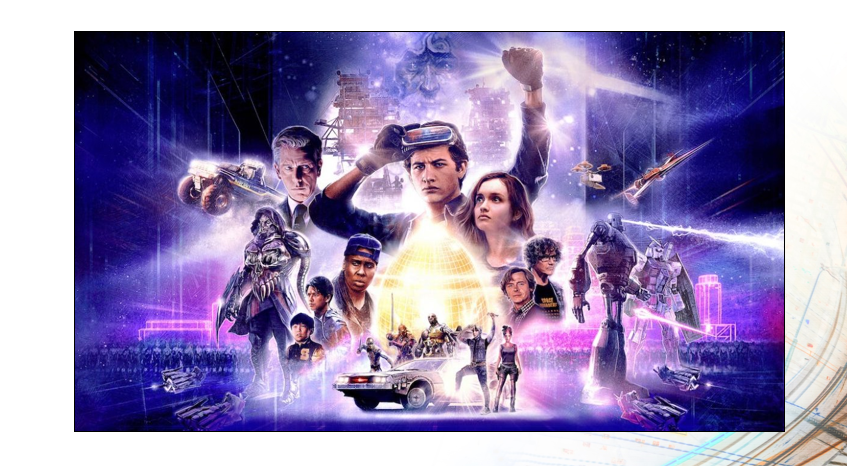 The more I think about the pace of change and the way that technology is becoming an integral part of our everyday lives the more the movie Ready Player One comes to mind. In the movie Wade Watts makes use of virtual reality to live a double life, living as Percival in VR. As the film progresses it becomes clear that his two lives aren’t as separate as he would like and that events in virtual reality impact on real life and vice versa. For us, like Wade Watts, our lives in real life are inseparably linked to our digital lives. In fact, I believe that it no longer serves us to think of digital citizenship as the term implies that there is something else available, a non-digital citizenship, when in fact there is not. Possibly the discussion should not be of digital citizenship at all but simply citizenship. As Danah Boyd, in her book, Its Complicated said, although the apps might change our online connectedness, our need to share and the challenges around privacy are “here to stay”.
The more I think about the pace of change and the way that technology is becoming an integral part of our everyday lives the more the movie Ready Player One comes to mind. In the movie Wade Watts makes use of virtual reality to live a double life, living as Percival in VR. As the film progresses it becomes clear that his two lives aren’t as separate as he would like and that events in virtual reality impact on real life and vice versa. For us, like Wade Watts, our lives in real life are inseparably linked to our digital lives. In fact, I believe that it no longer serves us to think of digital citizenship as the term implies that there is something else available, a non-digital citizenship, when in fact there is not. Possibly the discussion should not be of digital citizenship at all but simply citizenship. As Danah Boyd, in her book, Its Complicated said, although the apps might change our online connectedness, our need to share and the challenges around privacy are “here to stay”.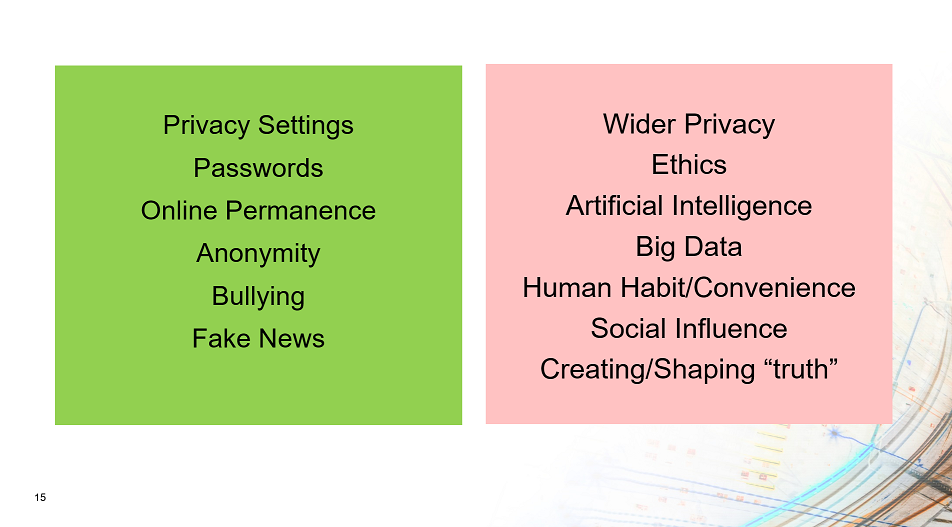 Looking at how we prepare our students for the world and the issues listed above I can see the things which we do satisfactorily, through our eSafety programmers, however I can also see those areas where little or nothing is currently offered. We currently discuss the importance of privacy settings on social media, of having strong passwords, of how online content, once posted, will remain permanent and of the need to be aware of bullying online. These areas are currently covered. Sadly, however little is said in relation to the conflict between user convenience and individual privacy, between individual privacy and public good, and between social media reporting on or actually creating the news and truths which we come to believe. These are the areas which we need to discuss, for which there isn’t a single answer and therefore where the most we can do is help students develop their own views through discussion. It is through discussion that we can hopefully ensure that students, when presented with the infinite challenges of technology use, will approach them with their eyes wide open.
Looking at how we prepare our students for the world and the issues listed above I can see the things which we do satisfactorily, through our eSafety programmers, however I can also see those areas where little or nothing is currently offered. We currently discuss the importance of privacy settings on social media, of having strong passwords, of how online content, once posted, will remain permanent and of the need to be aware of bullying online. These areas are currently covered. Sadly, however little is said in relation to the conflict between user convenience and individual privacy, between individual privacy and public good, and between social media reporting on or actually creating the news and truths which we come to believe. These are the areas which we need to discuss, for which there isn’t a single answer and therefore where the most we can do is help students develop their own views through discussion. It is through discussion that we can hopefully ensure that students, when presented with the infinite challenges of technology use, will approach them with their eyes wide open.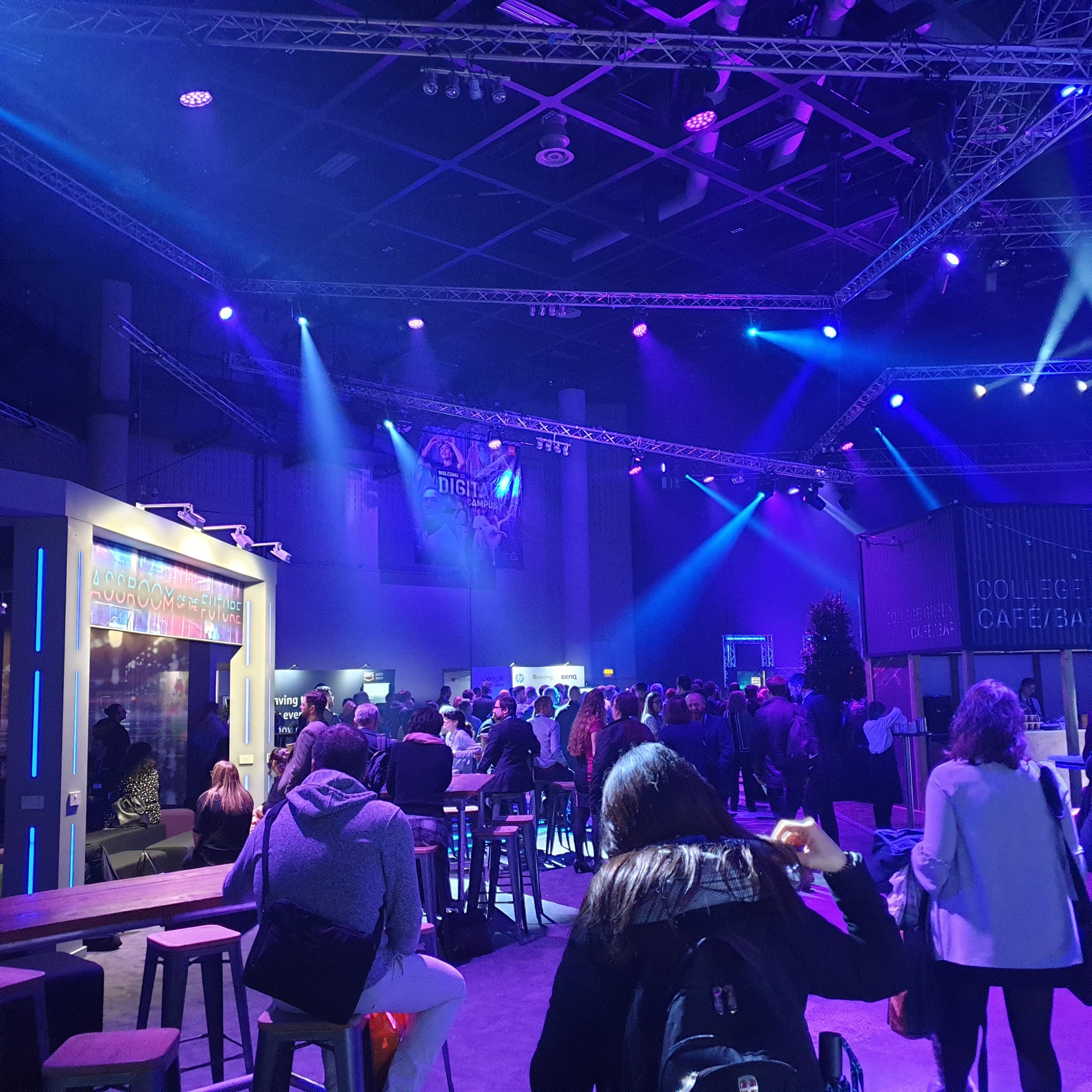 I thought I would share some initial thoughts following day one of JISC DigiFest. The event was launched with a very polished and professional pre-prepared video displayed on screens scattered around the events main hall, focussing on the rate of change in relation to technology and some of the technological implications of technology on the world we live in. The launch session also included a room height “virtual” event guide introducing the sessions and pointing you in the direction of the appropriate hall. In terms of the launch of a conference this was the most polished and inspiring launch I have seen albeit on reflection there wasn’t much particularly innovative or technically complex about it.
I thought I would share some initial thoughts following day one of JISC DigiFest. The event was launched with a very polished and professional pre-prepared video displayed on screens scattered around the events main hall, focussing on the rate of change in relation to technology and some of the technological implications of technology on the world we live in. The launch session also included a room height “virtual” event guide introducing the sessions and pointing you in the direction of the appropriate hall. In terms of the launch of a conference this was the most polished and inspiring launch I have seen albeit on reflection there wasn’t much particularly innovative or technically complex about it.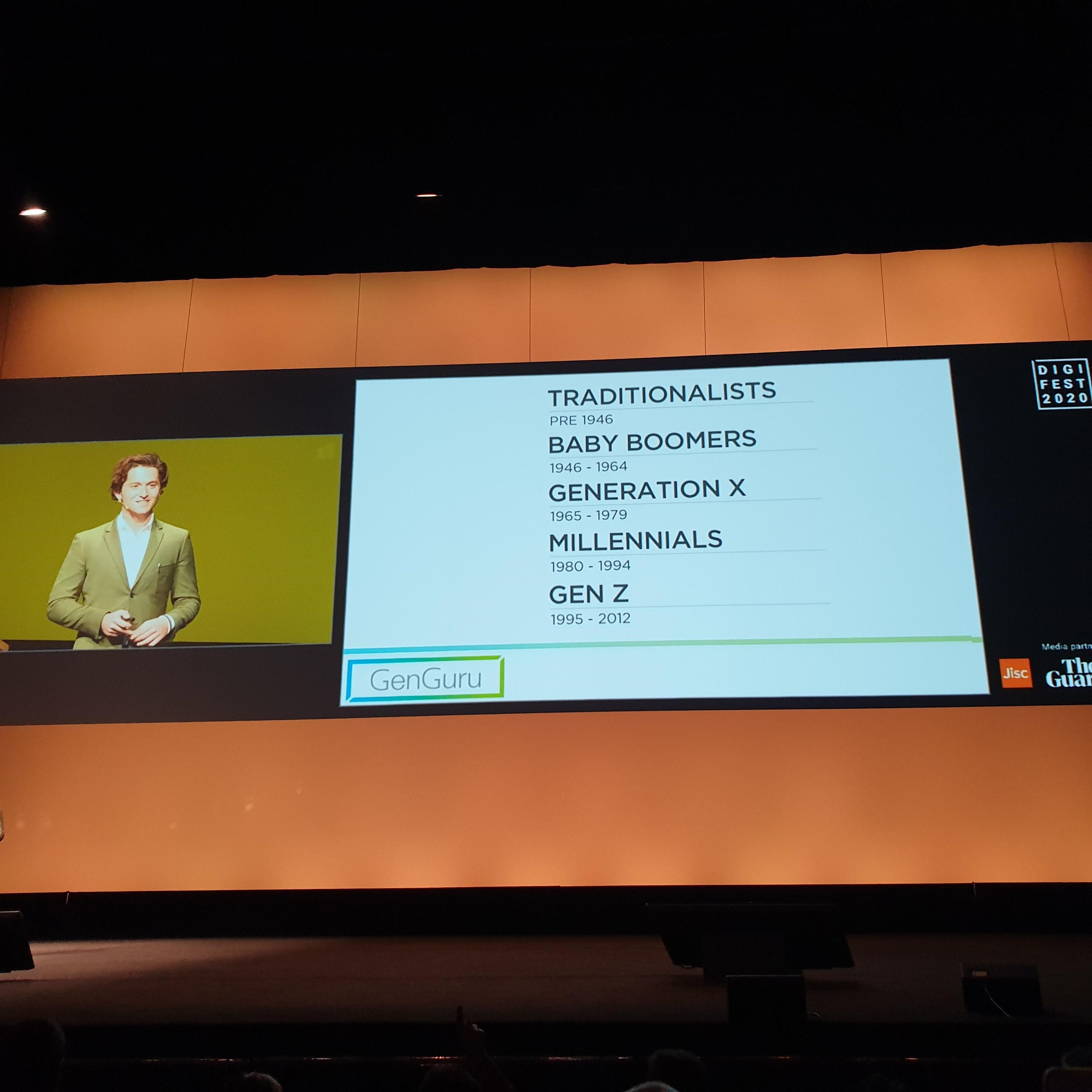 The keynote speaker addressed the changing viewpoints of different generations of people focussing particularly on Generation Z, the generation which currently are in our sixth forms, colleges and universities. I took away two key points from the presentation. The first was how each generations views were shaped by their experiences particularly between the ages of 12 and 20 year old. Jonah Stillman used thoughts on space as an example showing how Generation X might have positive views focussing on the successes of the moon landing whereas Millennials may have a more cynical view following the Challenger disaster. Additionally, Jonah mentioned movies as a social influencer and how those in the Harry Potter generation may view cooperation and trying hard, even where unsuccessful, in a positive manner. Those born later than this may draw on another series of films, in the hunger games, resulting in a greater tendency towards competition and the need to succeed in line with the movies storyline of everyone for themselves and failure results in death. The second take away point from the session resulted from the questioning at the end of the session around what some saw as the absoluteness of the boundaries between generations. I think Jonah’s use of the word “tendency” addressed this concern in that the purpose of the labels was for simplicity and to indicate a general trend and tendency rather than to suggest that all people born on certain dates exhibited a certain trait. It increasing concerns me that this argument keeps coming up when surely it is clear that there is a need to use simplistic models to help clarity of explanation and that no model, not matter how complex will ever truly capture the real complexity of the world we live in.
The keynote speaker addressed the changing viewpoints of different generations of people focussing particularly on Generation Z, the generation which currently are in our sixth forms, colleges and universities. I took away two key points from the presentation. The first was how each generations views were shaped by their experiences particularly between the ages of 12 and 20 year old. Jonah Stillman used thoughts on space as an example showing how Generation X might have positive views focussing on the successes of the moon landing whereas Millennials may have a more cynical view following the Challenger disaster. Additionally, Jonah mentioned movies as a social influencer and how those in the Harry Potter generation may view cooperation and trying hard, even where unsuccessful, in a positive manner. Those born later than this may draw on another series of films, in the hunger games, resulting in a greater tendency towards competition and the need to succeed in line with the movies storyline of everyone for themselves and failure results in death. The second take away point from the session resulted from the questioning at the end of the session around what some saw as the absoluteness of the boundaries between generations. I think Jonah’s use of the word “tendency” addressed this concern in that the purpose of the labels was for simplicity and to indicate a general trend and tendency rather than to suggest that all people born on certain dates exhibited a certain trait. It increasing concerns me that this argument keeps coming up when surely it is clear that there is a need to use simplistic models to help clarity of explanation and that no model, not matter how complex will ever truly capture the real complexity of the world we live in.


 I had the opportunity to present at the Brighton ISC Digital EdTech summit during the week. My talk, “Common Sense Safeguarding” focussed on the need for schools to take a broad and more risk based view of online safety as opposed to the previous more compliance driven approach. Given the number and range of technologies students have access to and also the tools available to bypass protective measures put in place by a school, or even the ability to negate them totally through using 4G, online safety is no longer as simple as it once was. This therefore needs a broader view to be taken.
I had the opportunity to present at the Brighton ISC Digital EdTech summit during the week. My talk, “Common Sense Safeguarding” focussed on the need for schools to take a broad and more risk based view of online safety as opposed to the previous more compliance driven approach. Given the number and range of technologies students have access to and also the tools available to bypass protective measures put in place by a school, or even the ability to negate them totally through using 4G, online safety is no longer as simple as it once was. This therefore needs a broader view to be taken.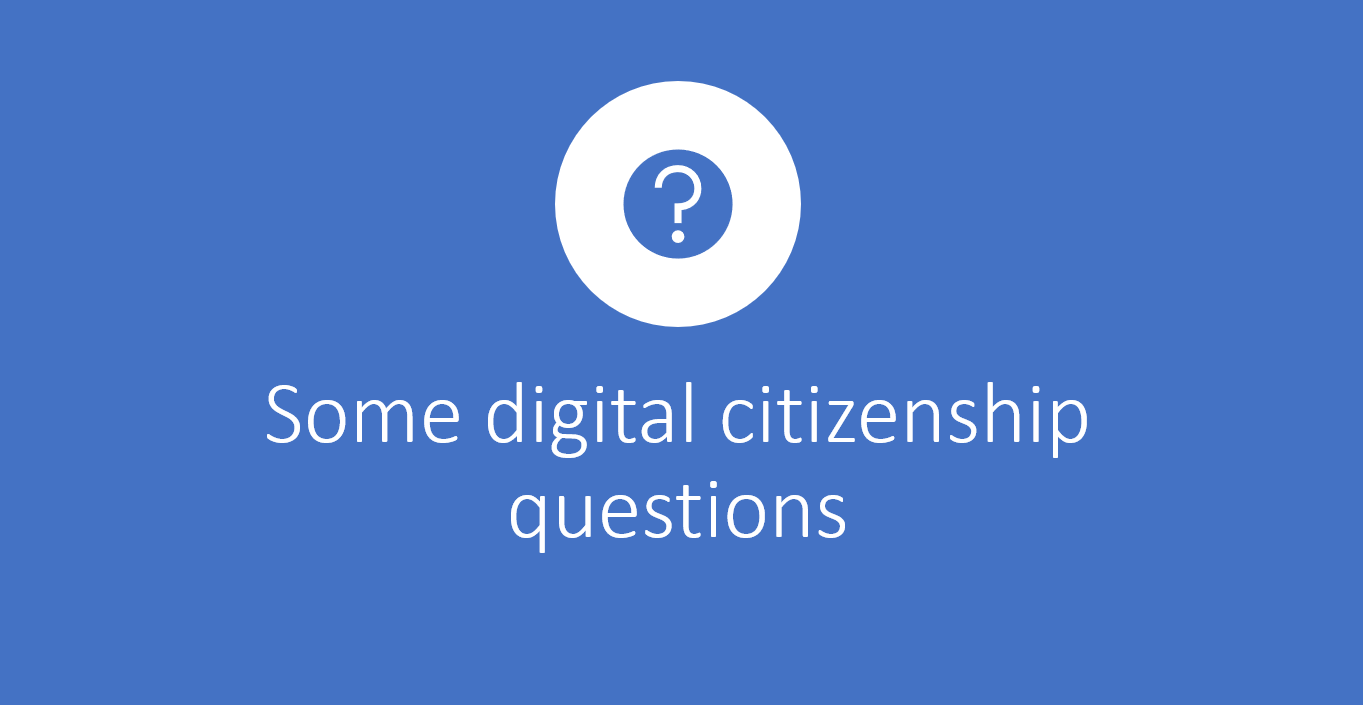 I think it is so important that schools ensure that discussions in relation to living in the digital world are encouraged throughout the school. It is only through discussing the positives and negatives of the increasing digital lives we live that we can prepare our students for the world they live in and the world yet to come.
I think it is so important that schools ensure that discussions in relation to living in the digital world are encouraged throughout the school. It is only through discussing the positives and negatives of the increasing digital lives we live that we can prepare our students for the world they live in and the world yet to come.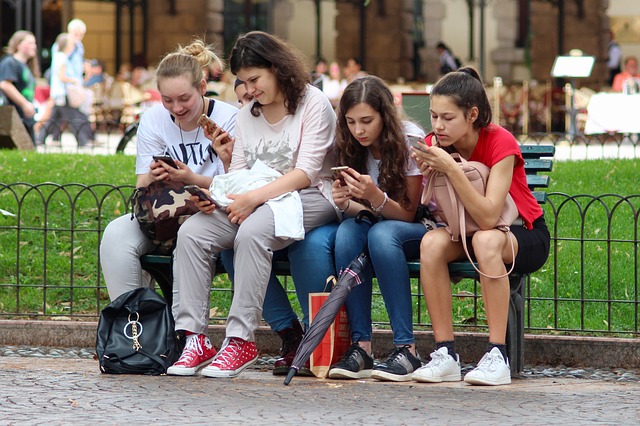 Cyber security has very much adopted a “not if, but when” mentality to signify the need for a risk management approach in relation to cyber security risks as opposed to the older compliance driven approach. It is my belief that we also need to take a similar approach when it comes to online safeguarding of students.
Cyber security has very much adopted a “not if, but when” mentality to signify the need for a risk management approach in relation to cyber security risks as opposed to the older compliance driven approach. It is my belief that we also need to take a similar approach when it comes to online safeguarding of students.